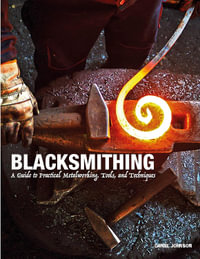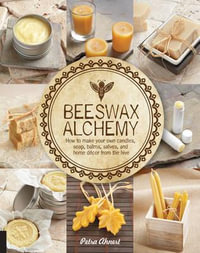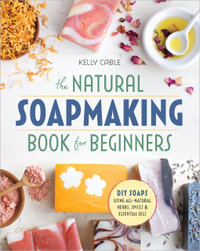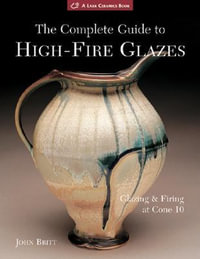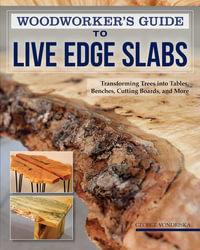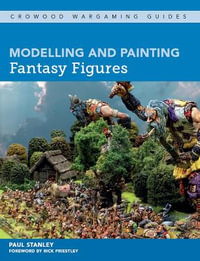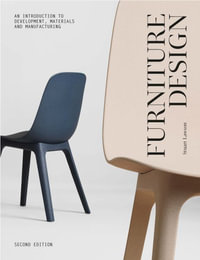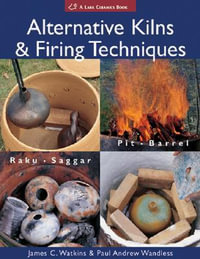TAKE YOUR WOODWORKING FOR A WALK From rustic walking sticks to fancy canes, woodworker and author Charlie Self "cane" show you how to craft more than a dozen different staffs in Make Your Own Walking Sticks. Whether you are looking for something simple and practical or looking to make a statement, you will find everything you need to know inside this fun and easy-to-follow book. The first part covers what woods to use, the tools and hardware you'll need, and the basic construction and finishing techniques necessary to complete your project. The second part is devoted to 15 projects ranging from a simple pine branch cane for the beginner to a brass-handled and stylishly turned two-piece cane for the advanced craftsman. To ensure your success, step-by-step directions, helpful sidebars, and full-color photographs are all provided. Also included is a helpful guide to North American woods, 25 original carving patterns from renowned artist Lora S. Irish, and a stunning and inspiring gallery of canes and walking sticks from the private collection of Albert LeCoff, executive director of the Wood Turning Center in Philadelphia.
Industry Reviews
Large, clear photos are linked to excellent explanatory text in this beautiful book on walking sticks, canes and staffs. Fifteen individual projects are described step by step, from a simple pine branch to flat walking sticks to carved patterns from Lora S. Irish. Directions are also given for a laminated, bent-handled cane. Self describes sevral different kinds of screw fasteners for joining canes and staffs made in sections, and covers what hardware is available, from screw-on handles to hame knobs. He even suggests decorative hardware from found items such as upholstery tacks or brass jacket buttons. Many of the canes represented are lathe-turned, but others are made from sticks with bark remaining, or root pieces selected for bent handles. The author goes into detail about tools needed for shaping and sanding, and is careful to discuss tools, adhesives, and safety-related issues. One section is devoted to sample color swatches of forty different hardwoods with their range of availability, relative cost, and workability. It would be nice to know you can acquire a wood locally, look it up in Mr. Self's list to see its grain and color patterns, then read about its durability and how well is stands up to drying and carving. A great feature of this book is a gallery presentation of the cane collection of Albert LeCoff, founder of The Woodturning Center in Philadelphia. The canes were gifts from accomplished woodturners, in appreciation of Mr. LeCoff's contribution to the field. Many are quite imaginative, and an inspiration to lead into the various projects.


